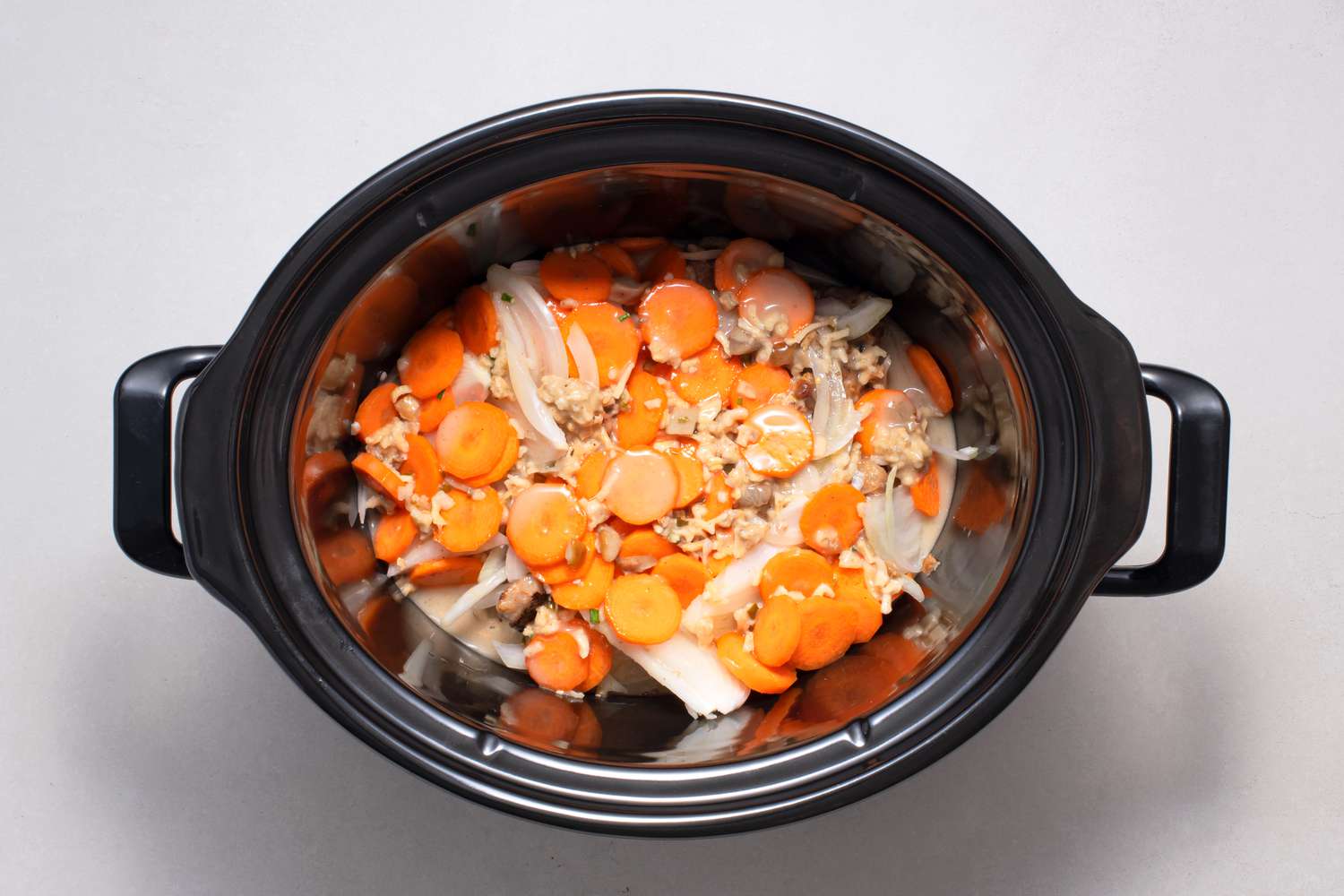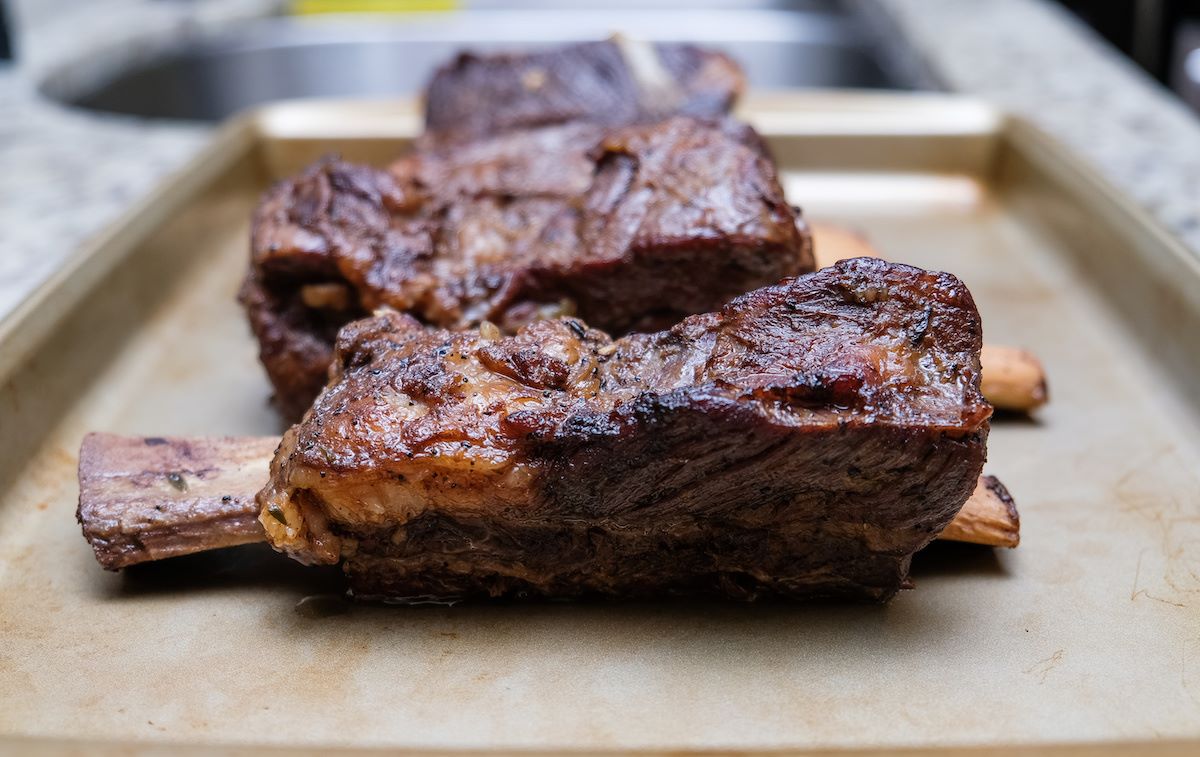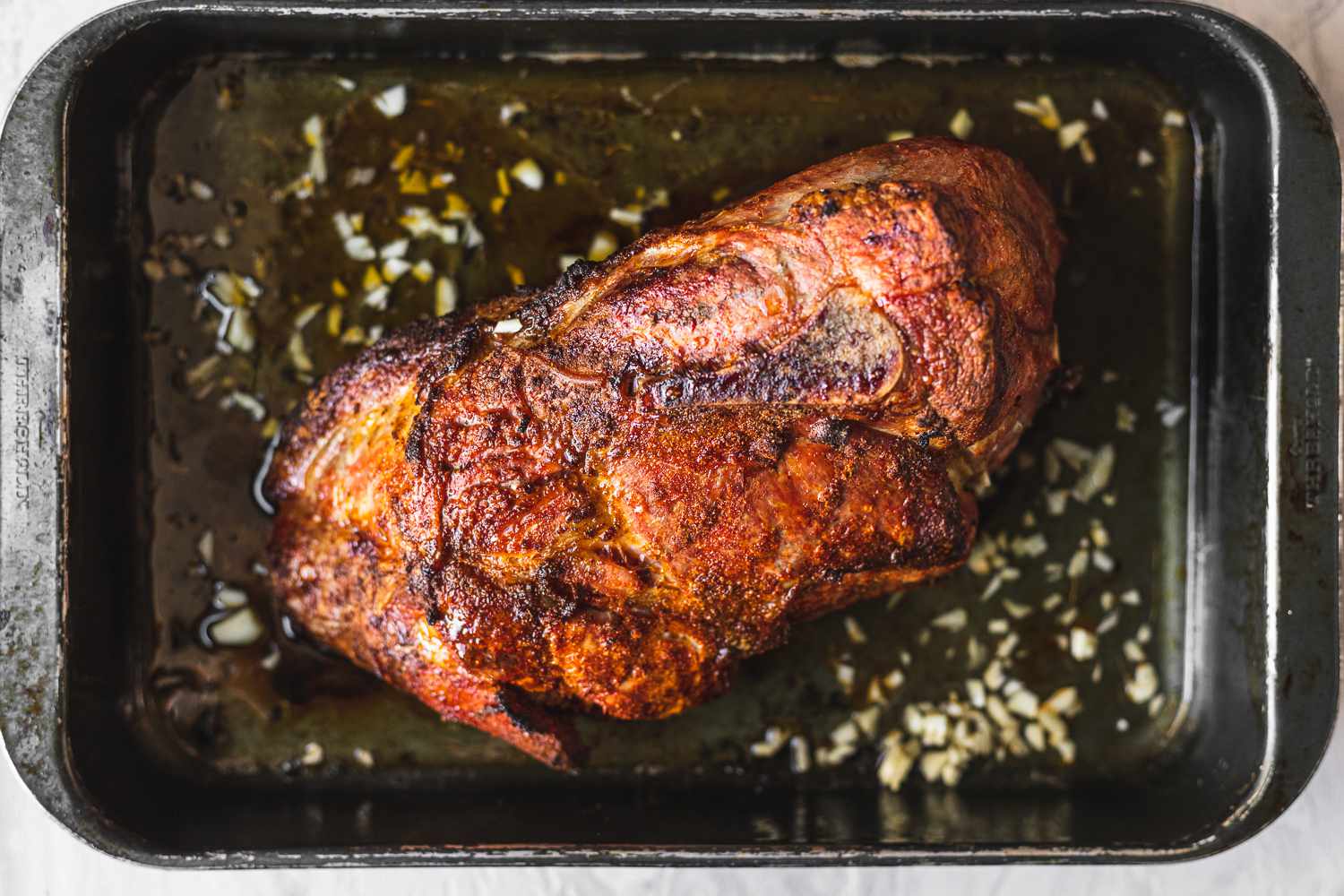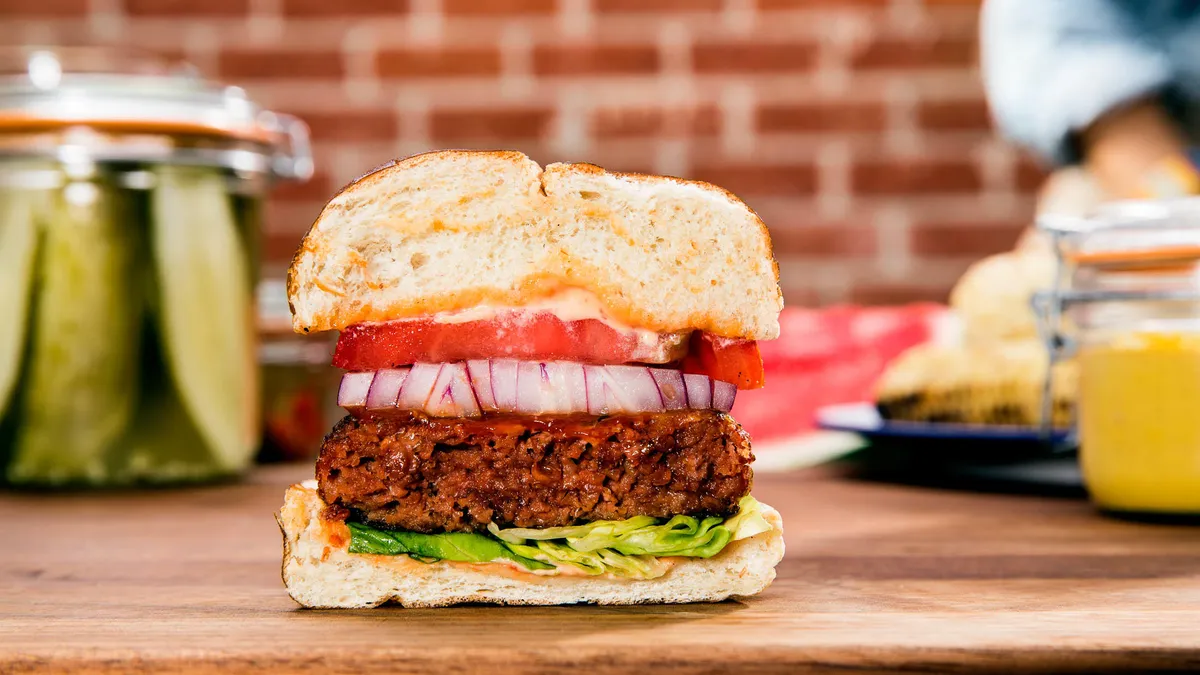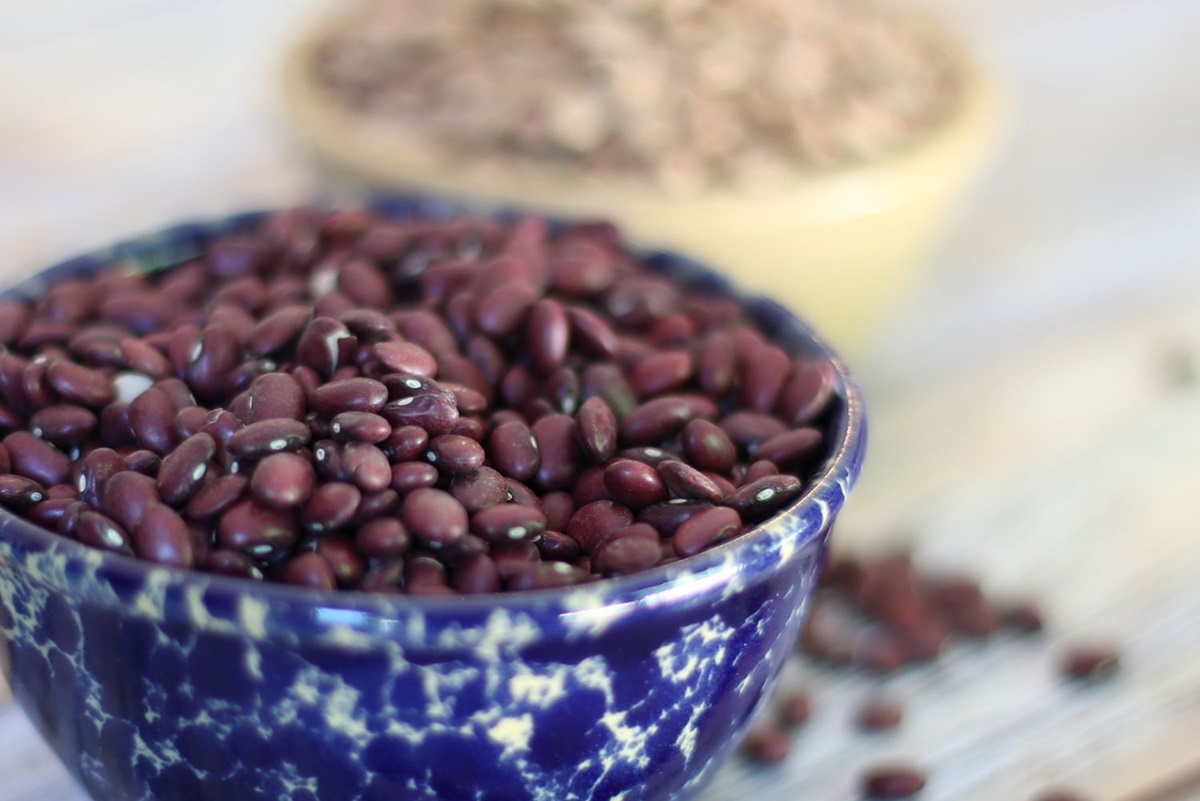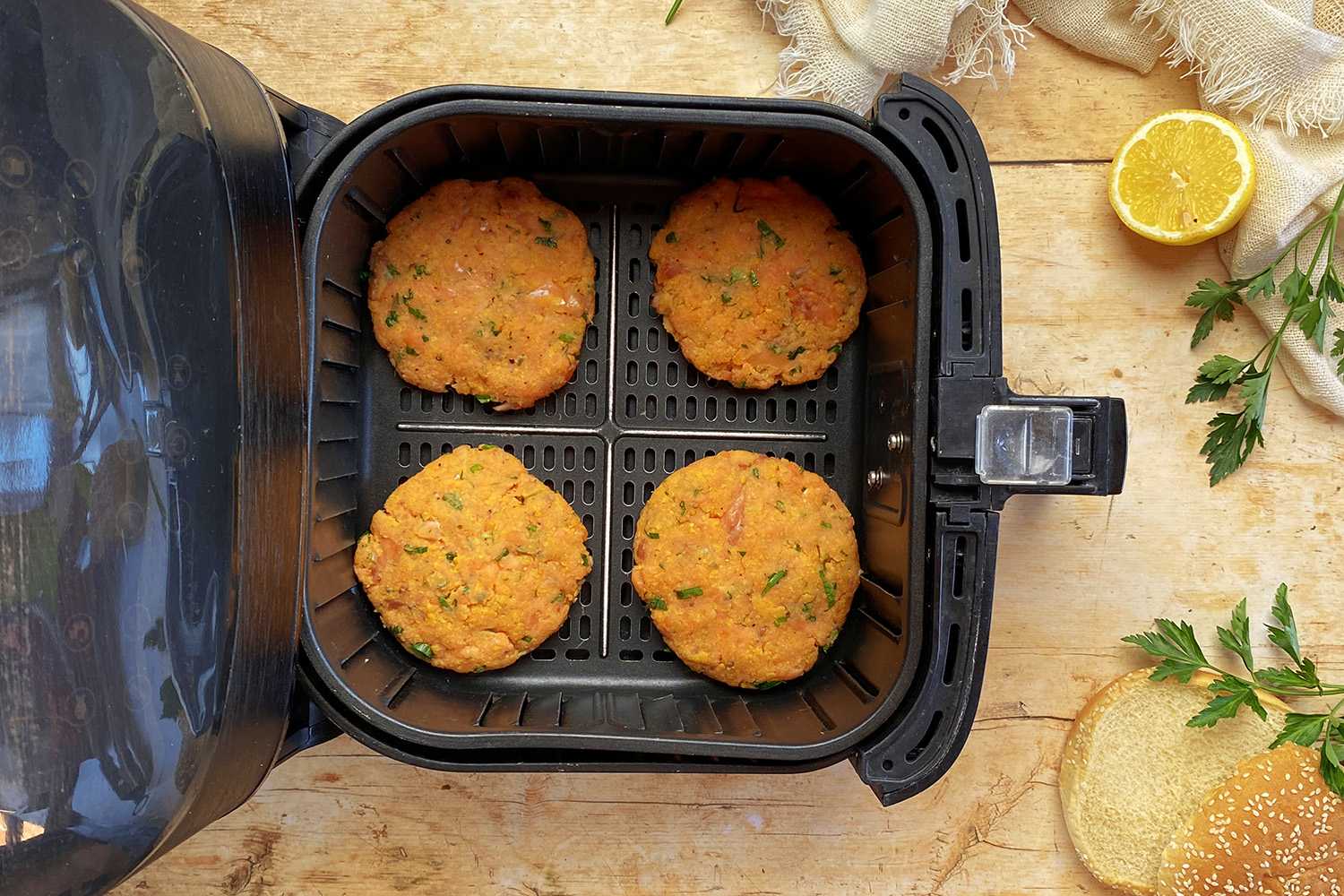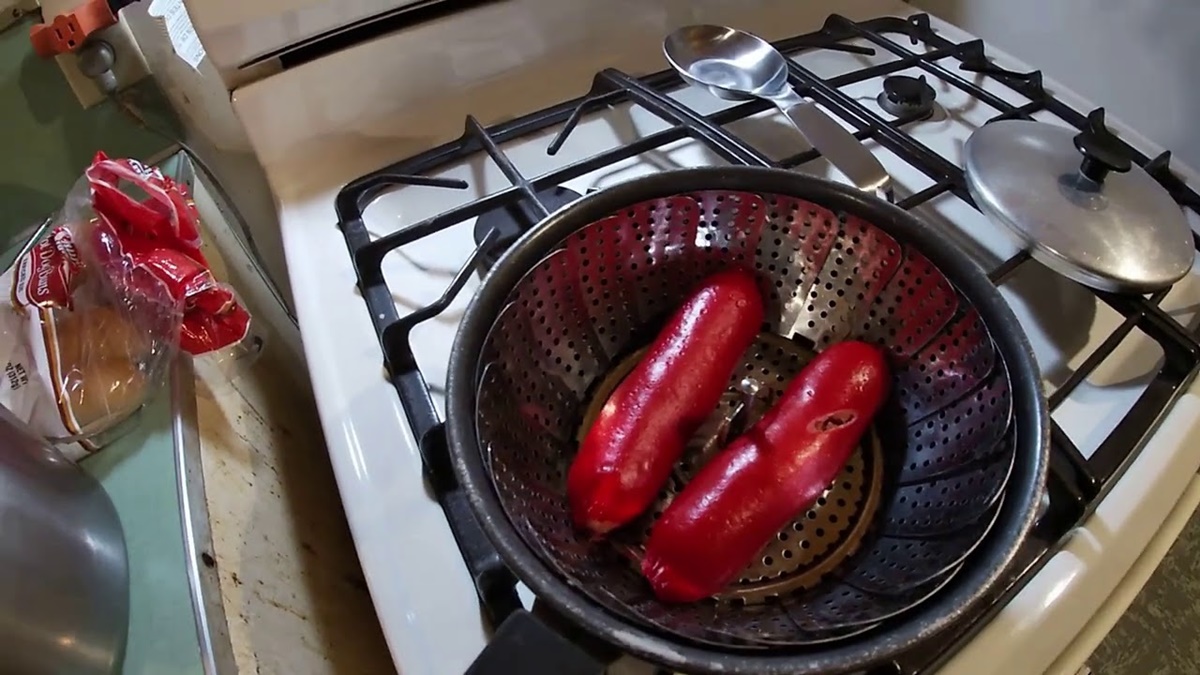How To Cook Instant Noodles In Microwave
Are you in the mood for a quick and easy meal? Look no further than instant noodles! This popular dish can be prepared in a matter of minutes, perfect for those busy days when you need a satisfying meal in a hurry. In this blog post, we will guide you through the steps on how to cook instant noodles in a microwave.
Step 1: Gather your ingredients
Before you begin, make sure you have all your ingredients ready. You will need:
- 1 packet of instant noodles
- Water
- A microwave-safe bowl
- Any additional seasonings or toppings you prefer (optional)
Step 2: Break the noodles
Open the packet of instant noodles and remove the seasoning if it’s included separately. Next, take the noodles and break them into smaller pieces to fit into the bowl. This will help them cook more evenly and prevent clumping.
Step 3: Add water
Fill the bowl with enough water to cover the noodles completely. Make sure not to overflow the bowl as the noodles will expand when cooked. A general rule of thumb is to use about 1 ½ to 2 cups of water for one packet of instant noodles.
Step 4: Microwave on high
Place the bowl in the microwave and set the timer according to the instructions on the packet. Usually, it takes around 3 to 5 minutes to cook instant noodles in the microwave, but cooking times may vary depending on the wattage of your microwave. Start with a shorter time and check the noodles for doneness before adding more time if needed.
Step 5: Let the noodles rest
Once the microwave beeps, carefully remove the bowl as it will be hot. Use oven mitts or a towel to handle the bowl safely. Allow the noodles to sit for a minute or two to fully absorb the hot water and soften.
Step 6: Season and enjoy!
If your instant noodles came with a separate seasoning packet, this is the time to add it. Sprinkle the seasoning over the noodles and give it a good stir to distribute the flavor evenly. Feel free to get creative and add any additional seasonings or toppings you like, such as chopped green onions, sliced mushrooms, or a squeeze of lime juice.
And there you have it! A hassle-free way to cook instant noodles in your microwave. It’s quick, easy, and perfect for those moments when you need a delicious meal on the go. So the next time hunger strikes, remember this simple method and enjoy a comforting bowl of instant noodles in no time.
Happy cooking!
Using the guide on cooking instant noodles in the microwave, readers can experiment with a variety of exciting and flavorful recipes. For those who enjoy a kick, the Sriracha and Lime Instant Noodles provide a tangy and spicy experience. If creamy textures are more appealing, the Creamy Chicken Instant Noodles offer a rich and comforting dish. The Sesame Ginger Instant Noodles combine the warmth of ginger with the nutty essence of sesame, perfect for a balanced meal. For a unique twist, the Peanut Butter Instant Noodles bring a delightful blend of savory and slightly sweet flavors. Each of these recipes can be easily prepared using the microwave cooking method, making them ideal for quick and satisfying meals.
Was this page helpful?
Read Next: How To Cook Meatballs In Cast Iron Skillet

